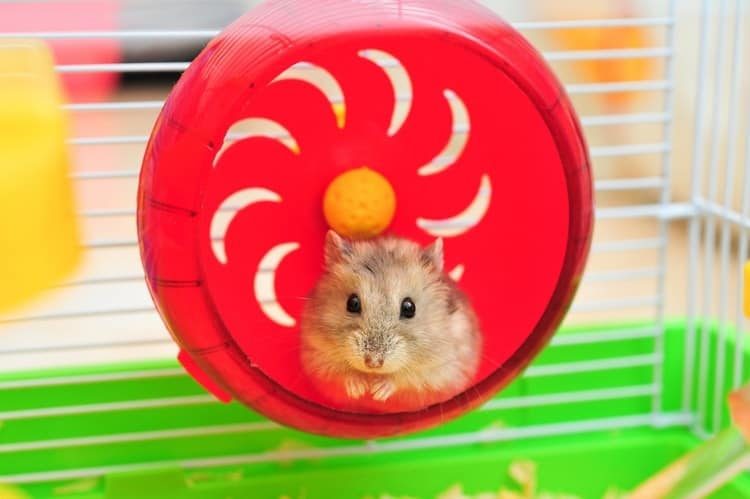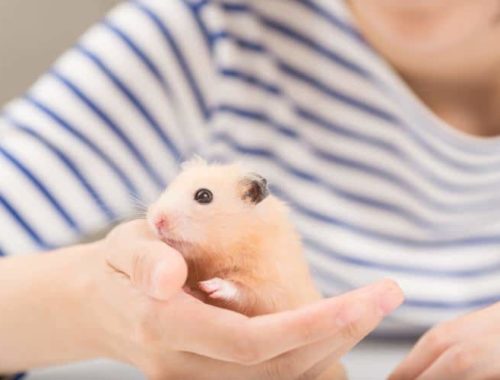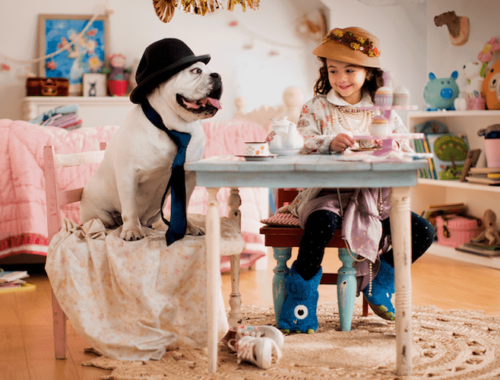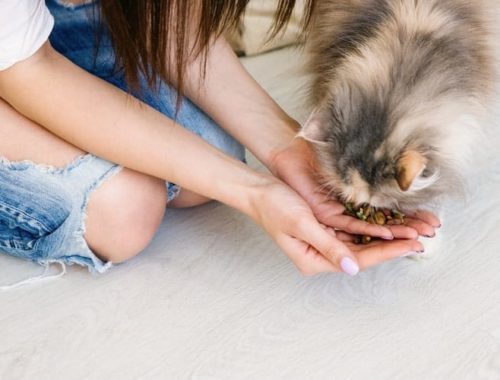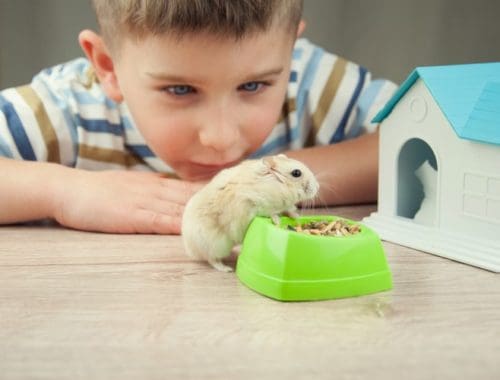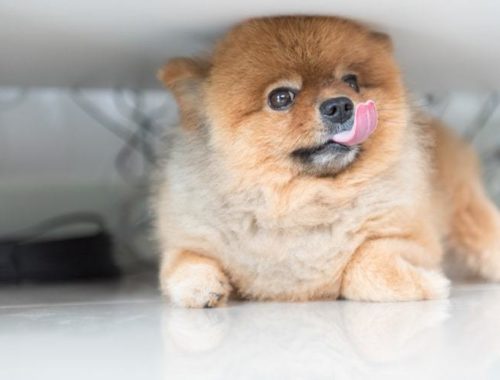Just like getting any pet, buying a hamster comes with a lot of new responsibilities. The first step is always to make sure you’re up to the task, and that is followed shortly by the list of supplies and equipment you’ll need. It’s funny to imagine such a little thing needing so much, and in some cases, the specific supplies you need depend on your preferences. But if you find yourself lost on what you need, we’ve compiled a short list of must-haves, should-haves, and want-to-haves below.
1. An Appropriate Habitat
Your new little critter is going to need a place to live. Just like you need a house, your hamster will need one, as well. And for a rodent pet, that means a cage. You choose how elaborate you want the cage to be – a hamster habitat can have built-in exercise equipment, it can be a standard wire cage, or it can land somewhere between these two extremes.
One caution worthy of note when purchasing a hamster cage, though: Steer clear of elaborate tubing. You may be tempted to run tubes all over so that he can experience your home, but that can be a risky endeavor. The tubes are notoriously unstable and typically receive poor feedback from consumers. The tubing can come loose and allow your precious hamster to escape and he could destroy your home, get hurt, or you could lose him completely.
For more options, check out our list of the Best Hamster Habitats to find the perfect home for your furry friend.
2. Toys for Enrichment
Your hamster may not spend a lot of time out of his cage, depending on your lifestyle. The good news is he doesn’t necessarily need to if you equip his cage with enough activity. One of the most popular exercise toys is the hamster wheel, and a lot of cages now come equipped with them (although they’re also sold separately should you need to add one to your setup). You should also give your hamster some chewing toys, which are important for his dental health.
Beyond exercise, your hamster may get bored or just need a change of scenery from time to time. Hamsters like to climb and burrow into small places, so you may find him burrowed within his bedding more often than not. But to keep him from having to sleep and burrow in the same place he empties his bowels, why not give him his own little house within his habitat? He may not need privacy, but a place where he can go to feel safe will definitely be appreciated.
3. Safe Bedding
Probably the most unpleasant part of having any pet is cleaning up their waste, and that’s no different with a hamster. You’ll need to replace his bedding weekly. Not only will they be bothered by living in their own waste, but you’ll be bothered by the smell. Some hamster bedding has built-in odor control to help control the odors that tend to build up quickly with small animals like hamsters.
When you’re changing the bedding, however, you’ll want to leave a bit of the old bedding (that isn’t soiled) so that your hamster’s smell remains on the bedding. This will minimize the impact of switching his home up so often and keep him more comfortable.
There is another option for bedding that is a bit more environmentally friendly, a soft granule litter that is spectacular at absorbing the odor and, most notably, it’s flushable – making cleanup a breeze.
4. A Ball or Portable Habitat
You don’t necessarily need a ball, but you do need a place to put your hamster while you’re cleaning out his cage. A ball is a great way to allow him to explore your home without the risk of losing him. Although you may still be surprised how many places he’ll be able to get into. You should be prepared for accidents, though – because hamster exercise balls have ventilation so your adorable little friend can breathe while he explores. If he needs to relieve himself while playing, it’s guaranteed to seep through the holes onto your floors. For that reason you may want to limit his time in the ball, or confine him to an un-carpeted area.
Another option is a travel cage, which comes in handy should you need to transport your hamster to the vet. plan on traveling with him, you may want to consider getting a traveling case for him.
5. Food and Water
Hamster water bottles that secure to the side of the cage are the most convenient and mess-free way to supply your furry friend with fresh water (make sure you change the water frequently so that it stays fresh, cleaning the water bottle thoroughly each time).
Free-standing food dishes are the most commonly used option for feeding. The biggest complaints consumers have with these types of food dishes is that they’re easy to spill, but there are food dishes that minimize that annoyance, such as no-tip ceramic bowls. Whatever food dish you choose, opt for a high-quality food to ensure that your hamster is getting all the essential vitamins and nutrients he needs in his diet.
It’s important to remember that even though your hamster may not be as high maintenance as your larger pets, you’ll still need to make sure he’s getting all the care he needs. So stock up before you buy your new pet, and you won’t regret the initial investment. Feel free to start small, but be prepared to want to spend more on all the fun treats, toys, and entertainment your hamster could possibly desire as you fall more in love with him.


